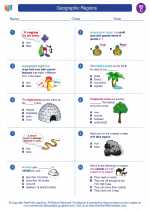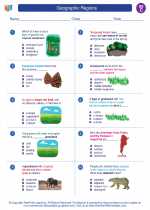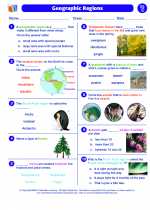Geographic Regions -> caribbean sea
Caribbean Sea
The Caribbean Sea is a body of water located in the Caribbean region, bounded by the islands of the Caribbean to the south and southeast, and the mainland of Central and South America to the west. It is one of the largest seas in the world, covering an area of about 1,063,000 square miles.
Location and Geography
The Caribbean Sea is situated to the southeast of the Gulf of Mexico and the North American mainland, east of Central America, and to the north of South America. It is connected to the Atlantic Ocean through the Caribbean Sea's several narrow straits.
Islands and Archipelagos
The Caribbean Sea is home to numerous islands and archipelagos, including the Greater Antilles (Cuba, Hispaniola, Puerto Rico, and Jamaica), the Lesser Antilles, the Lucayan Archipelago, and the ABC Islands (Aruba, Bonaire, and Curaçao).
Marine Life and Ecosystem
The Caribbean Sea is known for its rich and diverse marine life, including coral reefs, sea turtles, dolphins, and a wide variety of fish species. The sea is also home to the world's second-largest barrier reef, the Mesoamerican Barrier Reef, which stretches from the Yucatán Peninsula in Mexico to the Bay Islands of Honduras.
Historical Significance
The Caribbean Sea has played a significant role in world history, particularly during the Age of Exploration when European powers established colonies and trade networks in the region. The Caribbean Sea was a major hub for transatlantic trade and the transportation of goods, including sugar, rum, and spices.
Environmental Challenges
Despite its natural beauty and ecological significance, the Caribbean Sea faces environmental challenges such as overfishing, pollution, and coral reef degradation. Efforts are being made to address these issues and protect the marine environment of the Caribbean Sea.
Study Guide
- What is the geographical location of the Caribbean Sea?
- List two archipelagos found in the Caribbean Sea.
- What is the name of the world's second-largest barrier reef located in the Caribbean Sea?
- How did the Caribbean Sea contribute to world history?
- What are some of the environmental challenges facing the Caribbean Sea?
By understanding the geography, ecology, and historical significance of the Caribbean Sea, you will gain a deeper appreciation for this important body of water and its impact on the region and the world.
[Caribbean Sea] Related Worksheets and Study Guides:
.◂Social Studies Worksheets and Study Guides Third Grade. Geographic Regions

 Worksheet/Answer key
Worksheet/Answer key
 Worksheet/Answer key
Worksheet/Answer key
 Worksheet/Answer key
Worksheet/Answer key
 Worksheet/Answer key
Worksheet/Answer key
